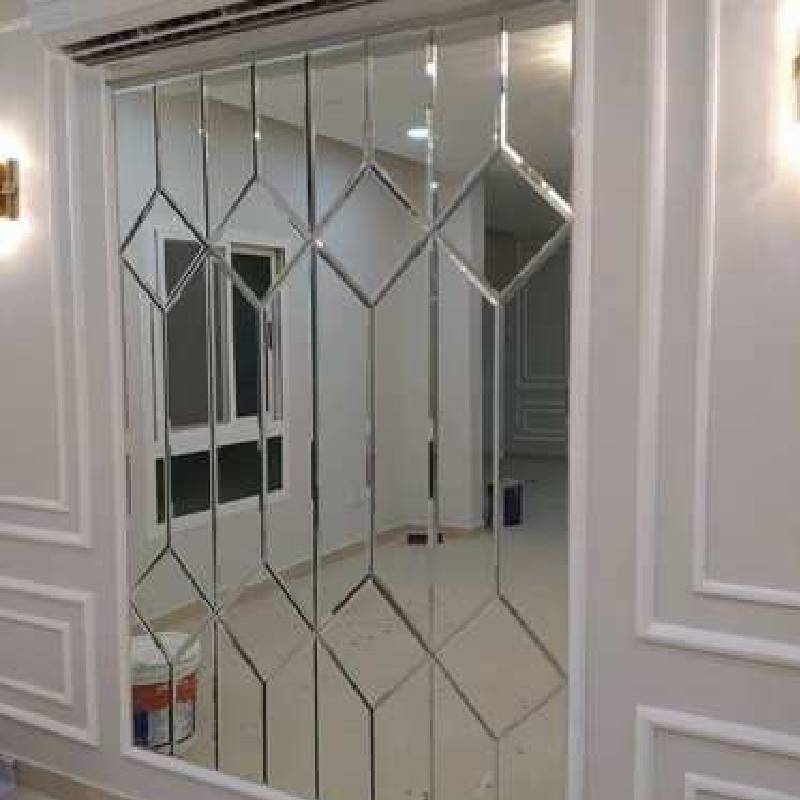Old Obscure Glass Patterns A Journey Through Time
In the intricate world of decorative arts, glass has long held a revered place, celebrated for its versatility, beauty, and the ethereal quality it brings to both architecture and design. Among the various manifestations of glass artistry, old obscure glass patterns stand out as intriguing relics from the past, encapsulating stories and traditions that have often been overlooked. This article aims to explore the rich history, craftsmanship, and cultural significance of these remarkable glass patterns, inviting readers to appreciate their beauty and complexity.
A Historical Perspective
The production of glass dates back to ancient civilizations, with early examples from Mesopotamia and Egypt. However, it was not until the medieval period that glassmaking began to flourish in Europe, leading to the creation of distinctive patterns. Old obscure glass patterns emerged in the late 19th and early 20th centuries, coinciding with the rise of the Art Nouveau and Arts and Crafts movements, which emphasized artisan skill and a connection to nature.
Crafted by skilled artisans, these glass patterns were often influenced by natural motifs, intricate designs, and an organic aesthetic. As industrialization took hold, the desire for unique, handcrafted items stood in stark contrast to mass-produced goods. Artisans battled to keep traditional techniques alive, and it was within this context that obscure glass patterns found their niche. Characteristics of these patterns included rippling textures, bird's eye views, and undulating designs that created an illusion of depth and light—making them particularly sought after as architectural elements in homes and public buildings.
Craftsmanship and Techniques
The creation of old obscure glass patterns is a meticulous process that requires both artistic vision and technical expertise
. Craftsmen would often use a combination of techniques including blowing, casting, and pressing to form the glass. For instance, the “cased glass” technique involved layering different colors of glass, which would then be manipulated to create stunning effects when light passed through.
Another important method was the use of molds. Artistic molds were crafted to produce unique patterns, often featuring textures that mimic nature. The unique quality of old obscure glass lies in its ability to diffuse light, creating an atmosphere of warmth and mystery. Each piece, whether it be a window, a lamp, or a decorative panel, tells a story—a testament to the artisan’s skill and the transitional nature of the materials.
old obscure glass patterns
Cultural Significance
Old obscure glass patterns do not merely serve aesthetic purposes; they also hold significant cultural value. For many communities, these patterns are tied to regional identities and historical narratives. For instance, the art of glass-making developed unique characteristics in different areas, from the intricate designs of Czech glass to the stunning simplicity of Scandinavian forms.
Furthermore, these glass patterns symbolize an era where craftsmanship was deeply valued. In a time when many items are now produced with speed and efficiency in mind, the artisanal quality of old obscure glass acts as a reminder of the beauty of handmade objects. It invites us to consider themes of sustainability and the importance of preserving traditional crafts in the face of modernity.
Modern Revival and Appreciation
Today, there is a growing resurgence of interest in old obscure glass patterns. Collectors, designers, and artists are looking back at these historical treasures to inspire contemporary works. They appreciate not only the aesthetic qualities but also the craftsmanship and stories embedded in each piece.
Moreover, the vintage aesthetic is becoming increasingly popular in modern interior design, incorporating old obscure glass as a means to add character and charm to spaces. Whether incorporated into lighting fixtures, splashbacks, or decorative installations, these patterns enrich contemporary settings with a sense of history and nostalgia.
Conclusion
Old obscure glass patterns are much more than relics of a bygone era. They are embodiments of creativity, craftsmanship, and culture, invite us to explore the world through their intricate designs. As we navigate the complexities of modern life, appreciating these enchanting patterns reminds us of the artistry and stories that shaped our past. In a time where the old meets the new, let us celebrate and preserve the delicate beauty of obscure glass, ensuring its legacy continues to inspire generations to come.
 Afrikaans
Afrikaans  Albanian
Albanian  Amharic
Amharic  Arabic
Arabic  Armenian
Armenian  Azerbaijani
Azerbaijani  Basque
Basque  Belarusian
Belarusian  Bengali
Bengali  Bosnian
Bosnian  Bulgarian
Bulgarian  Catalan
Catalan  Cebuano
Cebuano  Corsican
Corsican  Croatian
Croatian  Czech
Czech  Danish
Danish  Dutch
Dutch  English
English  Esperanto
Esperanto  Estonian
Estonian  Finnish
Finnish  French
French  Frisian
Frisian  Galician
Galician  Georgian
Georgian  German
German  Greek
Greek  Gujarati
Gujarati  Haitian Creole
Haitian Creole  hausa
hausa  hawaiian
hawaiian  Hebrew
Hebrew  Hindi
Hindi  Miao
Miao  Hungarian
Hungarian  Icelandic
Icelandic  igbo
igbo  Indonesian
Indonesian  irish
irish  Italian
Italian  Japanese
Japanese  Javanese
Javanese  Kannada
Kannada  kazakh
kazakh  Khmer
Khmer  Rwandese
Rwandese  Korean
Korean  Kurdish
Kurdish  Kyrgyz
Kyrgyz  Lao
Lao  Latin
Latin  Latvian
Latvian  Lithuanian
Lithuanian  Luxembourgish
Luxembourgish  Macedonian
Macedonian  Malgashi
Malgashi  Malay
Malay  Malayalam
Malayalam  Maltese
Maltese  Maori
Maori  Marathi
Marathi  Mongolian
Mongolian  Myanmar
Myanmar  Nepali
Nepali  Norwegian
Norwegian  Norwegian
Norwegian  Occitan
Occitan  Pashto
Pashto  Persian
Persian  Polish
Polish  Portuguese
Portuguese  Punjabi
Punjabi  Romanian
Romanian  Russian
Russian  Samoan
Samoan  Scottish Gaelic
Scottish Gaelic  Serbian
Serbian  Sesotho
Sesotho  Shona
Shona  Sindhi
Sindhi  Sinhala
Sinhala  Slovak
Slovak  Slovenian
Slovenian  Somali
Somali  Spanish
Spanish  Sundanese
Sundanese  Swahili
Swahili  Swedish
Swedish  Tagalog
Tagalog  Tajik
Tajik  Tamil
Tamil  Tatar
Tatar  Telugu
Telugu  Thai
Thai  Turkish
Turkish  Turkmen
Turkmen  Ukrainian
Ukrainian  Urdu
Urdu  Uighur
Uighur  Uzbek
Uzbek  Vietnamese
Vietnamese  Welsh
Welsh  Bantu
Bantu  Yiddish
Yiddish  Yoruba
Yoruba  Zulu
Zulu 

